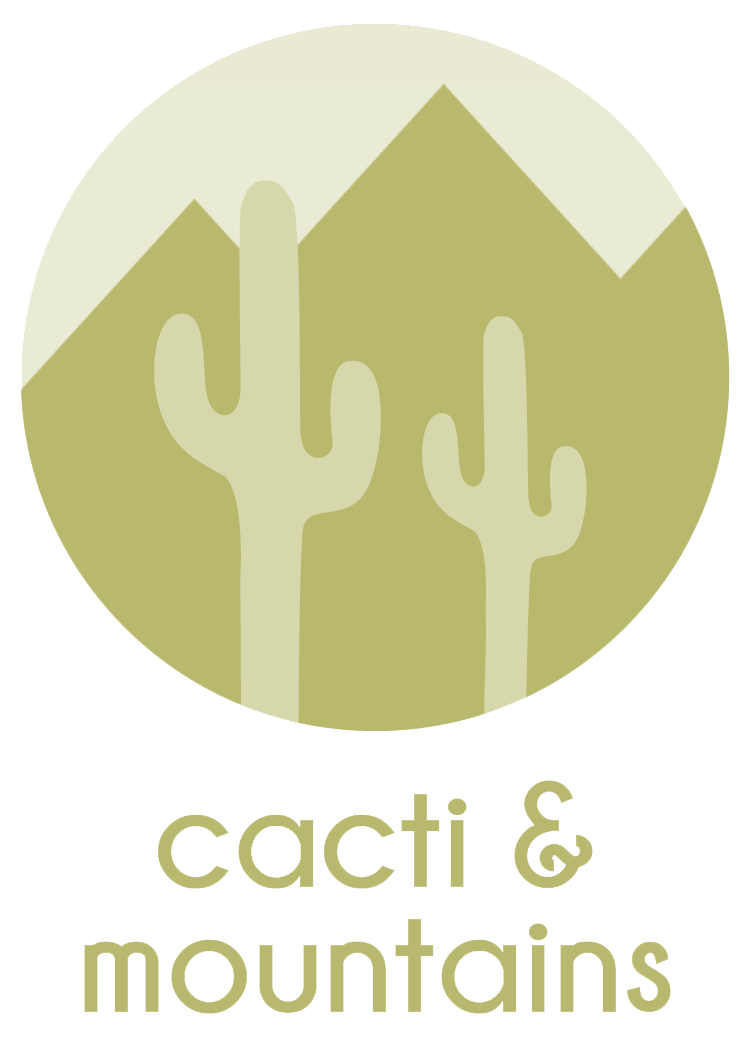You know that phenomenon where once you start looking for something, you see it everywhere? (It’s called the Baader-Meinhof Phenomenon if you’re interested.) It’s been happening to me with local creative businesses. My latest find is a good one, especially for anyone who’s in need of unique quality furniture, memorabilia, or local art.
Juliana Claudio runs the Arts & Antiques Marketplace, which is located in the Fairmont Mercantile in downtown Fairmont.
The building contains three floors of art and antiques and includes both vendor-run sections and consignment items. The depth and variety is impressive.
You’ll find furniture that’s been restored and given new life with chalk paint.
Carefully curated collections of vintage Pyrex and Fiestaware
Cleverly repurposed vintage items
Unique visual art, 3D pieces, and jewelry
A large collection of wedding and other fancy gowns
Some truly amazing quilted, upholstered furniture
And the occasional midcentury find.
On the third floor is a large bright gallery space that currently holds an exhibit curated by Jane Cardi, a local Morgantown artist who is also Juliana’s grandmother. This space overlooks the location of Fairmont’s Hometown Market, which I wrote about a few months ago, and is available for future exhibits.
In addition to curating this extensive collection, Juliana has several other projects in the works. She and her husband are renovating a nearby historic building, which will become their home in the coming months. Her sister company, Embellishments, offers event planning, event styling and staging using items from the Marketplace, as well as event makeup.
This is how it starts, friends. As I learned recently from a presentation about the amazing transformation of sleepy Richwood, WV, a few good businesses can lead the way to others. I’m excited to see what happens next in downtown Fairmont.


























































